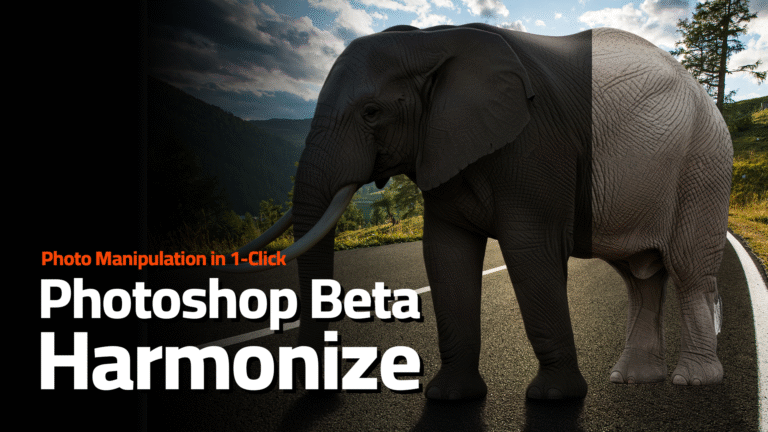The design world is buzzing — Adobe Photoshop Beta Harmonize has arrived, and it’s already being hailed as one of the most powerful tools Adobe has released in years. Available in Photoshop Beta version 26.10, this AI‑driven feature promises to do something every designer has wished for: blend a subject into a background with perfect lighting, shadows, and color — all in just one click.
For years, compositing in Photoshop required a trained eye, an understanding of light physics, and a lot of patience. Matching an object to its environment meant juggling adjustment layers, blend modes, manual shadow painting, and color grading. But with Harmonize, Photoshop now does 80% of that work instantly.
You can test Harmonize right now by installing Photoshop Beta via Creative Cloud.
What Exactly Is Adobe Photoshop Beta Harmonize?
At its core, Harmonize is an AI-powered color and lighting matching engine. It takes your foreground layer (the subject) and analyzes your background layer to determine:
- Light direction & intensity
- Color temperature & balance
- Shadows & reflections
- Contrast & tone
Then, it automatically adjusts the subject so it looks like it truly belongs in that environment. Whether you’re placing a car on a wet street, a person in a new setting, or even a giraffe in your backyard (because why not?), Harmonize bridges the visual gap between elements.
How to Use Adobe Photoshop Beta Harmonize — Step by Step
Even though it’s powerful, Harmonize is refreshingly simple to use.
Step 1 — Install Photoshop Beta
- Open Creative Cloud Desktop App.
- Click Apps at the top.
- Select Beta Apps from the left panel.
- Install Photoshop Beta (v26.10).
Full Adobe guide here: Install Photoshop Beta.
Step 2 — Prepare Your Subject Layer
- Import your subject image into Photoshop.
- Make sure it’s on its own layer, above your background image.
- Remove its background: Layer > Remove Background or Select Subject + Layer Mask.
Step 3 — Apply Harmonize (Two Methods)
- Via Contextual Taskbar:
- Right-click outside the canvas.
- Enable Show Contextual Taskbar.
- Click the Harmonize button.
- Via Menu:
- Go to Layer → Harmonize.
Photoshop will then process and generate three variations of the harmonization.
Step 4 — Pick or Regenerate
- Preview the three AI-generated results.
- Select your favorite, or click Generate Again for a fresh set of results.
Step 5 — Fine-Tune
If only part of the harmonization works, group the Harmonize layer (Ctrl/Cmd + G), add a mask, and paint over the areas where you want to keep or remove changes.
Real-World Examples That Show the Power of Harmonize
One of the most jaw-dropping demos involves placing a car on a wet street. The AI doesn’t just color-match the car to the environment — it also paints realistic reflections of the car on the wet surface.
In another test, a chair placed in a bright room instantly received correct shadows and tonal adjustments to match the lighting source in the photo.
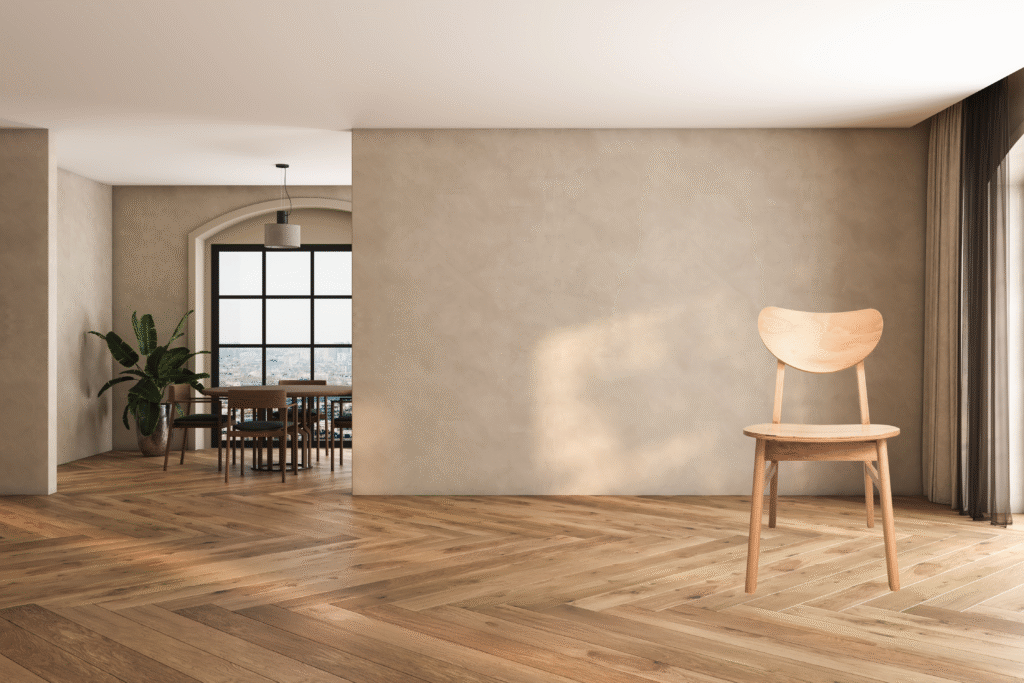
Before
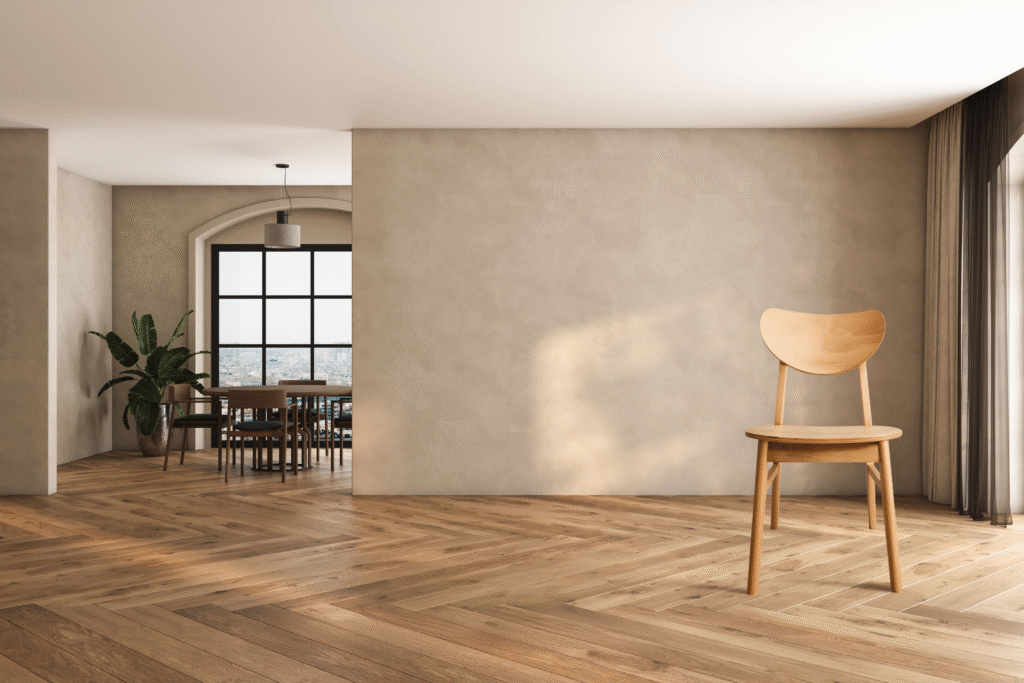
After
And then there’s the fun stuff: placing an elephant in your living room or a giraffe in your backyard. Harmonize won’t blink — it will try to integrate these surreal objects by adding correct highlights, shadows, and even subtle color casts from the environment.
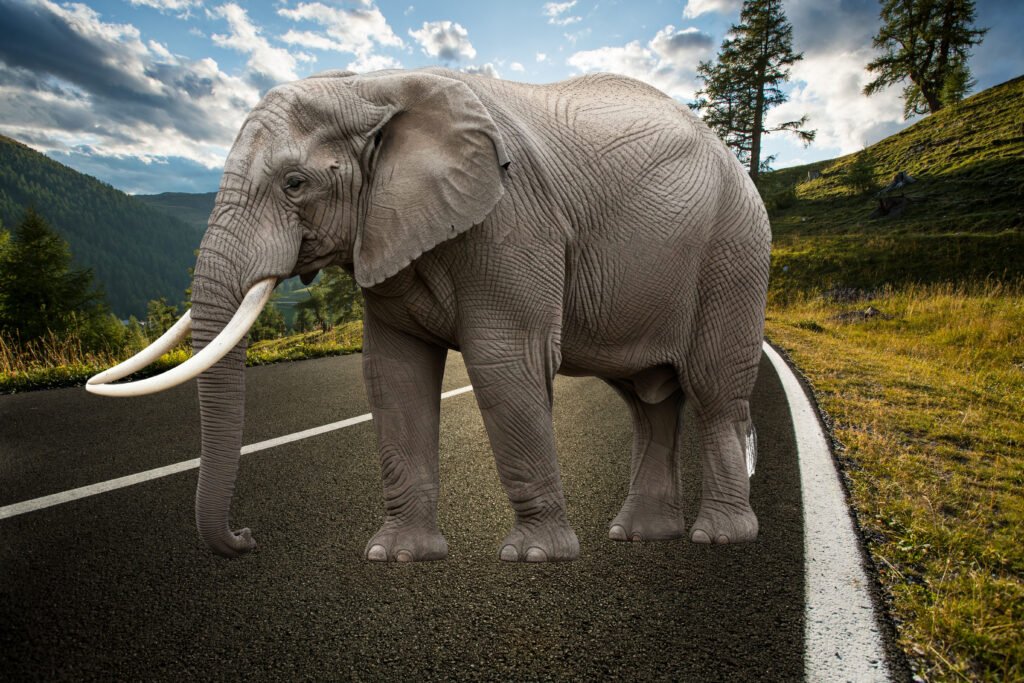
Before
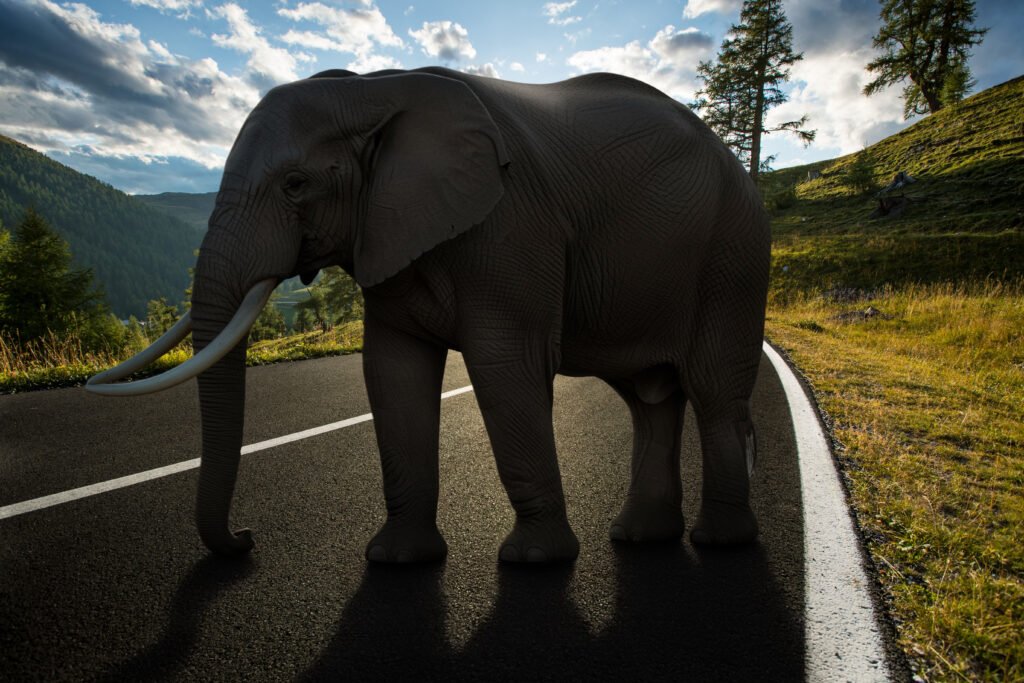
After
Also Read: Dynamic text photoshop
Why Designers Are Calling It a “Workflow Changer”
1. Time Savings — What used to take 20–30 minutes of manual work now takes less than 10 seconds.
2. Accessibility — Beginners can now create convincing composites without mastering complex Photoshop techniques.
3. Creative Freedom — You can experiment with unusual compositions without worrying about time-consuming adjustments.
Even seasoned retouchers appreciate Harmonize as a starting point. You can still go in, refine with adjustment layers, and add manual touches, but the heavy lifting is done.
Limitations & Areas for Improvement
Like any new AI feature, Adobe Photoshop Beta Harmonize isn’t perfect:
- Shadow Accuracy – Complex, hard-edged shadows aren’t always correct.
- Texture Softness – Faces and detailed areas may appear slightly “painted” or soft.
- Edge Fringing – Bright backgrounds sometimes cause faint color fringing on edges.
- Resolution Limit – Generated shadow/reflection details may look pixelated when zoomed in.
Still, considering this is version one, it’s a remarkably capable tool.
Pro Tips for Getting the Best Results
If you want to push Harmonize to its limits and get the best possible blends:
- Start with Matching Lighting — Harmonize works best when the foreground and background have somewhat similar light direction and intensity.
- Use Soft Shadows — If the scene has very hard shadows, Harmonize may struggle. You can add these manually later.
- Mask Selectively — Don’t accept the harmonization as a full image-wide adjustment — use masks to keep the best parts.
- Regenerate Until Perfect — Don’t settle for the first set of results — regenerate until you find the closest match.
- Enhance with Adjustment Layers — Add Curves, Levels, or Selective Color for final fine-tuning.
Harmonize vs Manual Compositing
In side-by-side comparisons, Harmonize delivers a very close match to what experienced designers can achieve manually — but in a fraction of the time.
- Manual — More control, more detail, perfect for commercial-grade projects.
- Harmonize — Rapid prototyping, social media content, quick client drafts.
Think of it as your AI assistant — fast, competent, and 80% accurate out of the box, but still benefiting from a human touch.
Where Adobe Might Take Harmonize Next
Given Adobe’s recent push into AI features (like Generative Fill), it’s easy to imagine future improvements:
- Higher resolution shadow/reflection generation.
- Adjustable shadow placement and intensity.
- More advanced edge handling and de-fringing.
- Support for multiple subjects in one harmonization process.
Why This Matters in the Bigger Picture
Adobe Photoshop Beta Harmonize is part of a much larger industry shift — AI-assisted creative tools are becoming the norm.
Just as spell-check didn’t replace writers, Harmonize won’t replace designers. Instead, it automates repetitive tasks, freeing you to focus on creativity and storytelling.
For agencies, freelancers, and content creators, this means:
- Faster turnaround times.
- Higher-quality mockups for clients.
- More experimentation without the time cost.
Try It Yourself
If you want to experience this feature firsthand, download Photoshop Beta and start experimenting:
🔗 Download Photoshop Beta
🔗 Adobe Photoshop Official Site
Pro Tip: Keep the beta version alongside your stable Photoshop install so you can test new features without disrupting your main workflow.
Final Verdict
In its first release, Adobe Photoshop Beta Harmonize already ranks as one of Adobe’s most impactful features of the last decade. It’s not flawless, but it delivers instant, believable results that used to take hours of manual compositing.
For anyone working in design, photography, or digital content creation, this tool isn’t just a convenience — it’s a glimpse of the future of Photoshop.
If you’ve ever dreaded the tedious process of matching a subject to its environment, Harmonize will feel like a superpower. And this is just the beginning.
Subscribe for Newsletter

